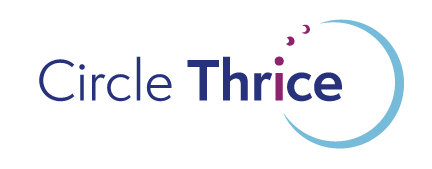If you follow any of my work, you know by now that I’m very much invested in taking an agile approach to my magic and my life. It’s also the approach I take with my clients in helping them define and reach their goals. Agile is a methodology for getting things done (originally building software) in an environment where there’s lots of rapid change. So it’s been a perfect way to approach life in a time with lots of chaos. If you are new here and are like “what’s agile?” go sign up for my totally free newsletter and read the Agile Magic Manifesto.
HOWEVER something new is going on that’s making me rethink some of the principles of agile in light of our current environment. To be clear, our current environment includes:
- Massive lack of trust in and between different groups
- Inability to access accurate data
- General environment of scarcity and lack caused by Covid measures, supply chain disruption, environmental upheaval, etc.
- Increasingly uneven and inequitable distribution of opportunities (this was always a thing, but it’s hitting a tipping point)
- Pervasive system failure / collapse — which I have been predicting, but now it’s here
- Decrease in freedom globally in the face of overarching control mechanisms
I’ve obviously been writing about this stuff for a while (look at all those links!) but it seems to be reaching peak intensity now.
The thing is that, while agile works well in a chaotic environment, it does require certain… ingredients, let’s say, in order to be most effective. For example, agile works best in a system where you can fail rapidly without a lot of consequence (which is why we don’t use agile methodology for building bridges — too much is at stake if your nifty new strut design collapses). It relies on having enough resources to experiment and play with ideas. It expects that the things you need for the next phase of your progress will be easy to acquire when you need them, so just in time supply. It works better in an environment where you can access lots of data to validate your assumptions and steps. It suggests that your goals will change with experimentation, but expects that a bevy of goals are at least possible. It is collaborative at its base. So you can see how, with the environment we’re in, some of the key ingredients for agile are weakened or missing.
Finally, I’m coming to think that the amount of chaos and uncertainty we’re experiencing right now is too much for out-of-the-box agile to handle. Let me just underline that: we have too much chaos even for a system designed to thrive in chaos.
Thing is, while a lot of that sounds pretty terrible, it doesn’t have to be. Chaos and uncertainly benefit the magician. Uneven distribution does favor some. Bad information makes forecasting and divination even more valuable. And system collapse leaves room for new things to develop and thrive. And agile is still better than most of the alternatives…
So there are some bright points, if you can operate in a way that leverages those benefits while dodging the risks. But agile needs to level up in order to do that.
Over the next few weeks I’m going to be exploring some ideas for what this Magic Agile 2.0 should be and look like. Because again, I don’t think agile is broken in any way, I just think we need to… intensify it maybe, in order to make it most effective in our current situation. Stay tuned for more.


